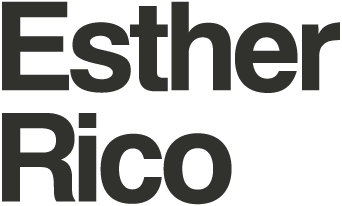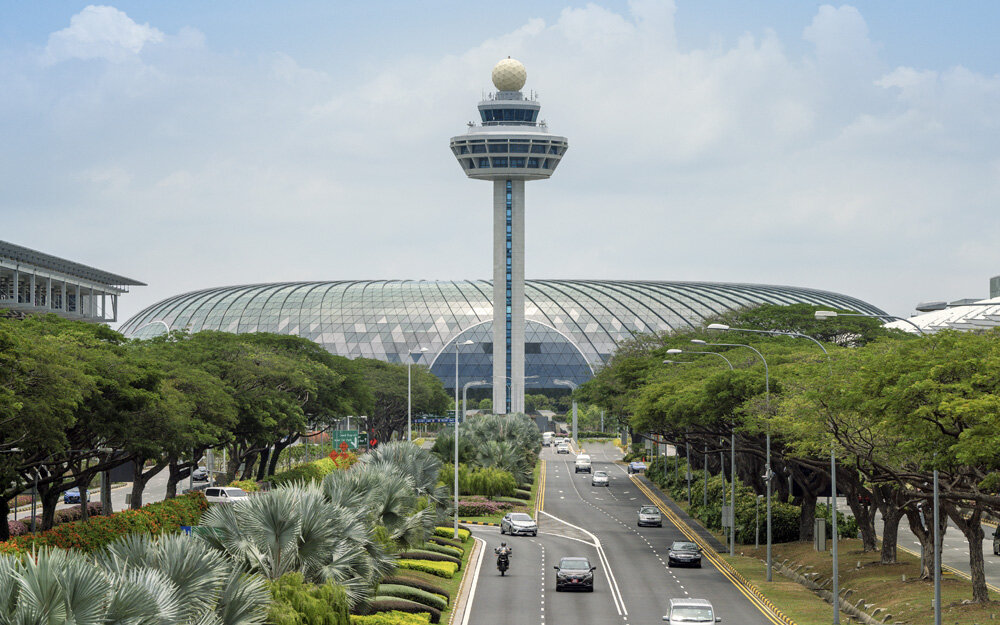From a non-place
to a space where citizens can breathe in nature.
Jewel at Changi Airport is a jewel for both the passengers who use it as a hub to fly to destinations around the world and for the citizens of Singapore. It is an extension carried out by the Safdie Architects team, also responsible for another iconic project, the Marina Bay Sands towers.
It offers a wide variety of shops, a hotel where rooms can be rented by the hour, and even some indoor gardens in which to walk around. Seen from the outside it is shaped like a doughnut, a toroid; its centre, the Rain Vortex, has a waterfall five stories high. Singapore’s climate provides enough rain to ensure that supply is not an issue. What’s more, it has been awarded the Green Mark Gold Award, a sustainability certificate awarded by the government of Singapore; this seal is akin to BREEAM certification in the United Kingdom or the better-known LEED certification in the US. The water is collected and reused and its vapour is used to ventilate and cool the interior.
The team of architects and landscape designers were able to trial two hundred species of plants that inhabit the landscaped terraces, both in the Canopy park on the fifth floor by means of activities and in the Forest Valley on the ground floor. The layout, based around the terraces, allows you to “lose sight of” people and connect visually with the outside thanks to the glass façade, which disappears during the night and allows you to contemplate the “Green City”, as Singapore is known, from inside the airport. The aim is to entertain passengers, such as through the waterfall’s light show, and to showcase the country, even if just metaphorically, through these gardens.
But as well as being an attraction and a green lung it also works as a connector not only between three of the four terminals but also between the airport and the city, since it can be accessed by bus from Singapore.
According to Moshe Safdie, creator of the project, Jewel weaves an experience between nature and a marketplace for travellers, visitors and residents.
Please read the original post at ESdesign (spanish version)
Photo credits: Safdie Architects and Changi Airport Group








